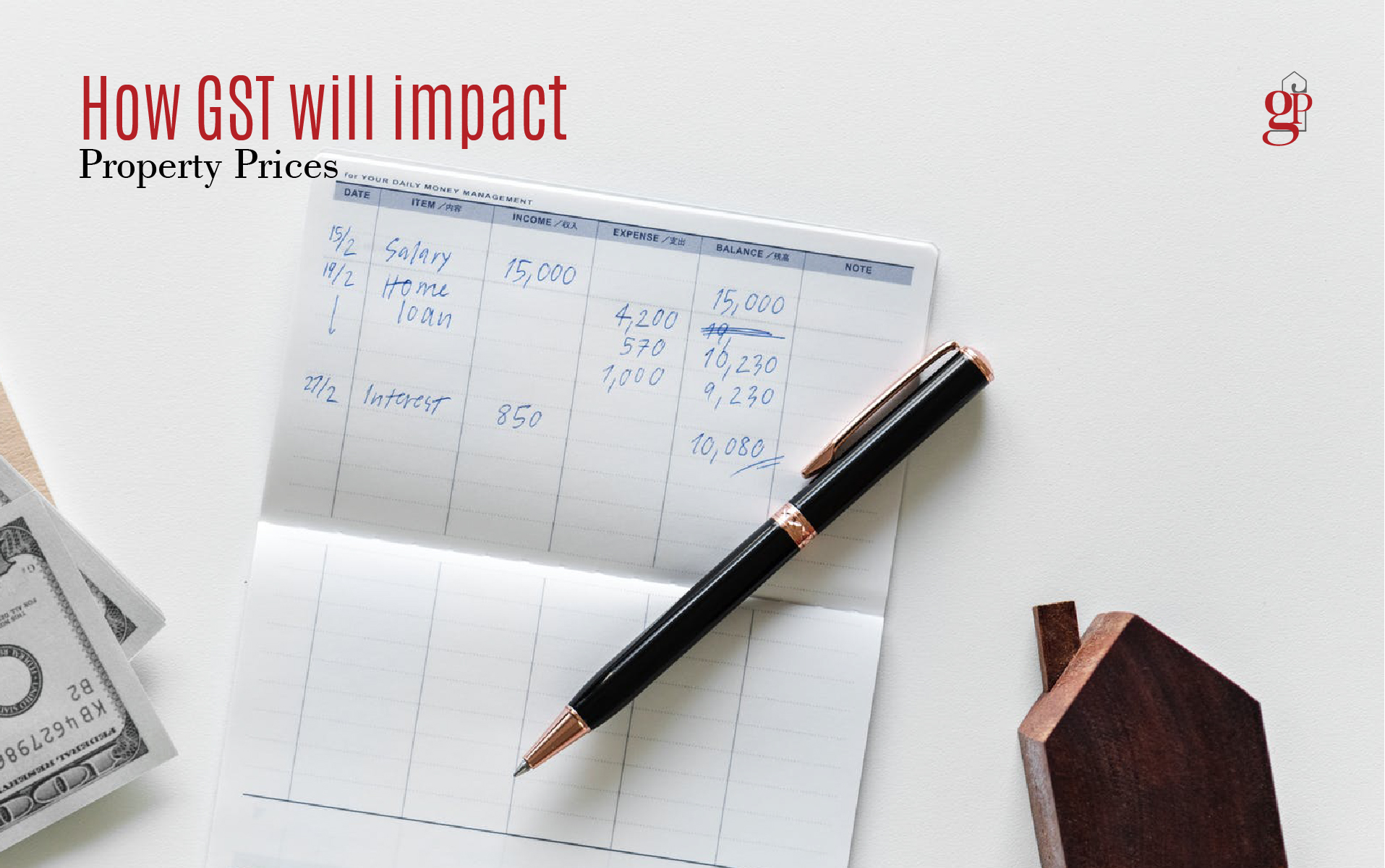

The real estate markets have progressed in different ways. Along with the surge in prices across all markets, have come newer technologies, better offerings, attention-grabbing ideas, pioneering marketing strategies, and several buyer-friendly schemes. One of the most prevalent financial schemes floated currently is the ‘Own Now, Pay Later’. Under such a structure, a homebuyer is expected to make a limited payment at the time of purchase, and pay the balance at the time of possession. However, in such competitive economic markets, how do these innovative finance schemes actually work?
Real estate developers come up with schemes that profit the end-user buyers and investors of property. In reality, with such lucrative schemes, the real estate developers have indeed succeeded in enticing more buyers. The standard mortgage finance is structured to offer the customers with increased payment flexibility and lessen the economic liabilities on the buyer. Such financial schemes are known as ‘Interest Rate Subvention Schemes’. Subvention comes from a Latin word that actually means help, aid, support, grant, subsidy, etc. Let us understand this interesting concept further!
Through the interest rate subvention scheme, buyers make a property purchase by putting in only a limited sum upfront. After the initial payment, the buyer needs to make no payment until the time of possession. For example, the homebuyer pays only 20-30% of the price of the property primarily and makes a purchase. The balance amount is paid by a bank to the developer as a loan. Under the arrangement, the bank releases specified payments during the development phase directly to the real estate company and the buyer has to disburse the amount only after he gets the possession. Previously, the developers used to get the full loan amount from the banks up front. However, to curb the derelictions and delays in construction from the developer, in 2013, the RBI ordered banks to link payments with the progress of construction and accordingly release payments in batches.
Alternatively, real estate developers also offer deferred payment plans. These comprise of payments at different phases of construction spread across months or years in various combinations: 10:50: 40, 30:30:40, 10:70:20, etc. This way, the risk of payment is transferred from the buyer to the developer. The buyer, on the other hand, gets ample time to plan his finances and accrue necessary money until the time of possession. All in all, with such schemes, developers succeed in not only attracting the customers to their projects but also help them achieve their goal of owning a house.
It is also important to understand that the subvention schemes can be double-edged swords. Some subvention schemes are for only a limited period, after which the buyer bears the interest cost. In cases of project delays, the buyer may end up paying much more than the price of the property. In addition, in situations when the developer defaults on payment of interest to the bank, the credit-score of the buyer is spoilt and at risk. While being attractive, such schemes should be well-studied and the buyers should make smart judgments after understanding the explicit and implicit terms and conditions and considering factors such as developer repute, his brand value, clause for delay, the developer’s financial strength, bank’s profile etc.
Our experts believe the subvention scheme can be helpful for homebuyers, particularly first-timers, considering that developers deliver timely possessions and include no hidden clauses.
In today’s turbulent times, in all spheres, it is all about subvention!


